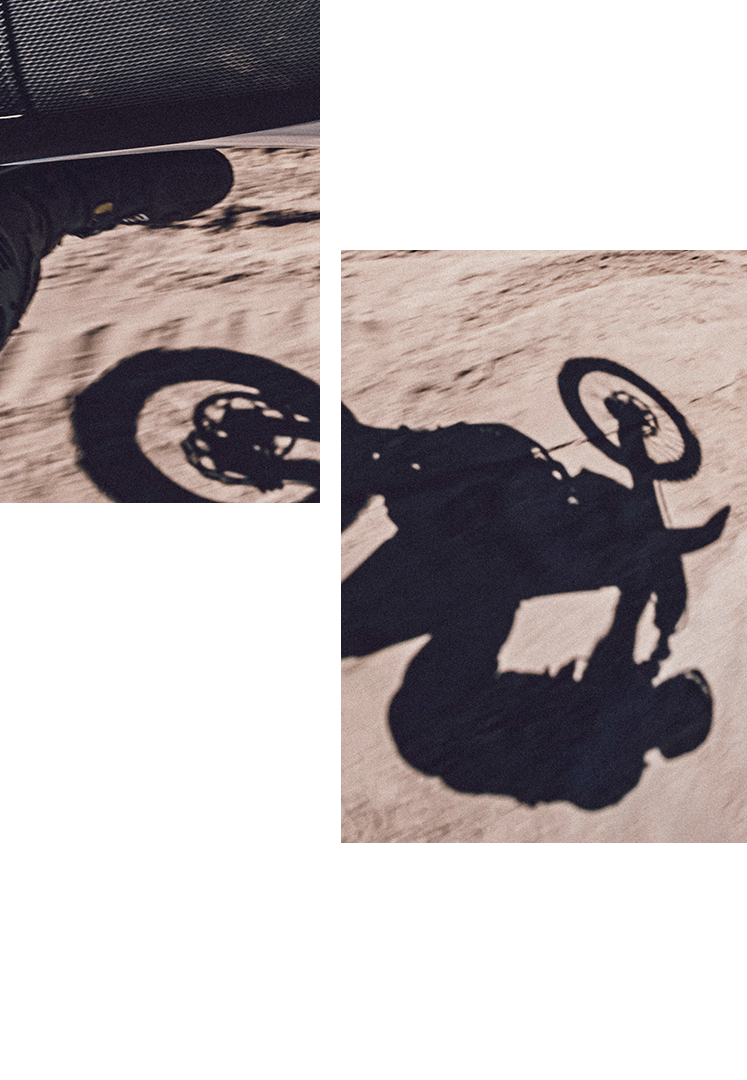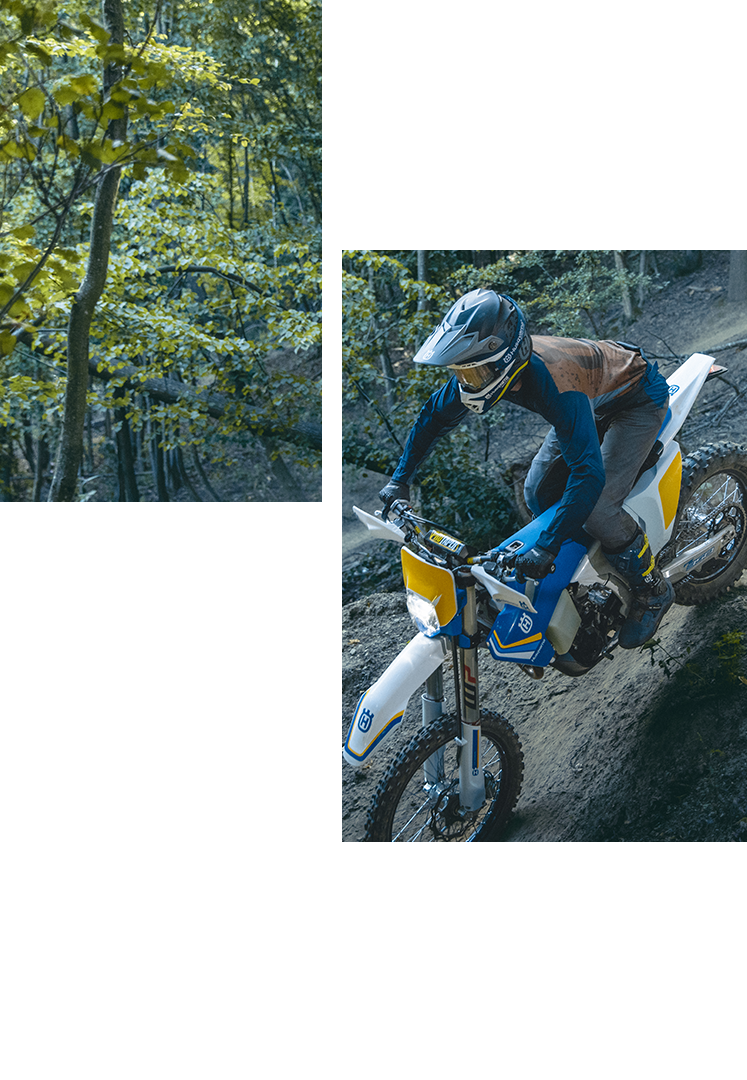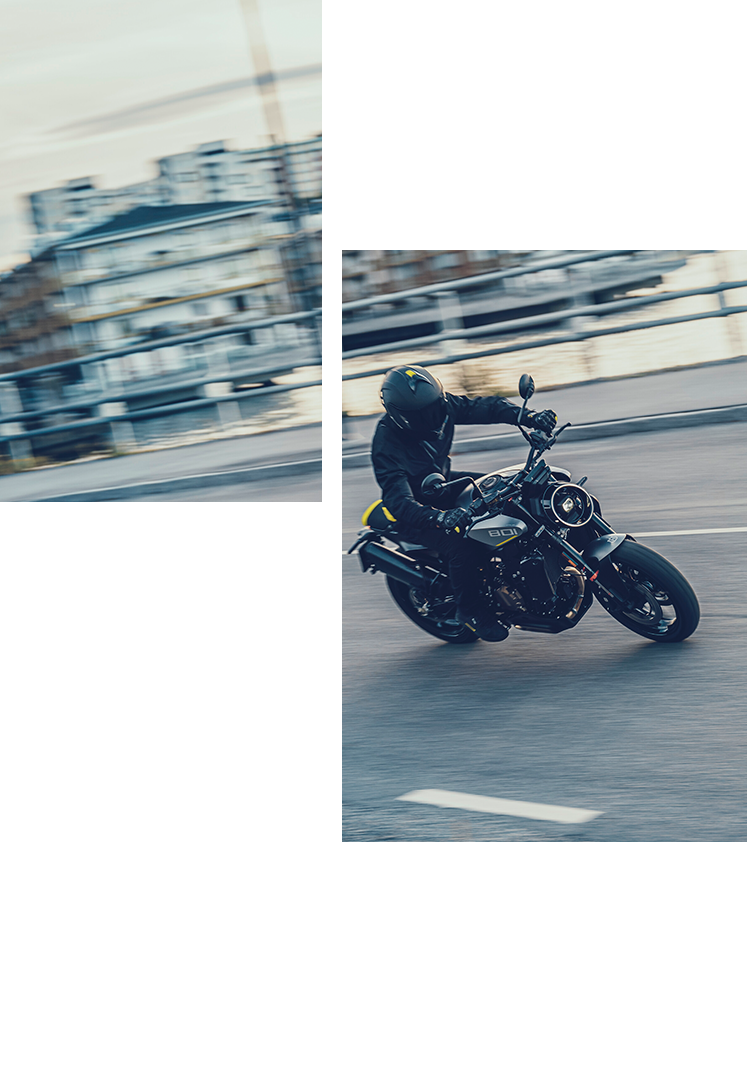fter the World War came to an end, the need for transportation was enormous and manufacturers met an insatiable market. But people lacked money, so a two-wheeled vehicle was the most suitable means for getting from A to B. Sticking to their guns, Husqvarna were adequately prepared as they had a well-working production logistic left over from 1939. They continued in the postwar period and fast became a dominating factor on the growing bike market in Sweden.
Way back when – and still today – the first thing you notice while the engine runs is the smell of its two-stroke oil-mixture fuel. It affects your nostrils, but also reminds you of a time when the motorcycle wasn’t as sophisticated as it is nowadays. Husqvarna’s breakthrough came in 1946 when the factory tooled up and introduced Model 24 of the 118cc bike. Actually, it was also referred to as the 120 Husqvarna although the engine had a true displacement of 118cc. This was a high-quality machine with an engine that gave a performance of three horsepower. The Model 24 was inexpensive and cost 960 Swedish kronor at a time when many people were making about 12 kronor a day. However, the machine was less for fun, but mostly used for going to work. It was not for dignitaries, but rather affordable for daily travelers who had to commute on a daily basis.
Still, there was a status to be able to afford a motorcycle in an economy that hadn’t yet contributed to Sweden’s future welfare. The sales figures in just three years were 30,000 units of the Model 24, now named the ‘Black-Mill’ (Svart-Qvarnan in Swedish). Details of the Black-Mill bike included parallelogram front forks, a rigid rear frame, a manual shift lever on the right side of the tank, painted rims striped in golden color, a small tool-box and a usable rear rack. In 1950 the Model 27 came on the market and was slightly improved from the 24, with improved quality and better riding comfort. The top speed was now rated at an impressive 75 km/h.


















